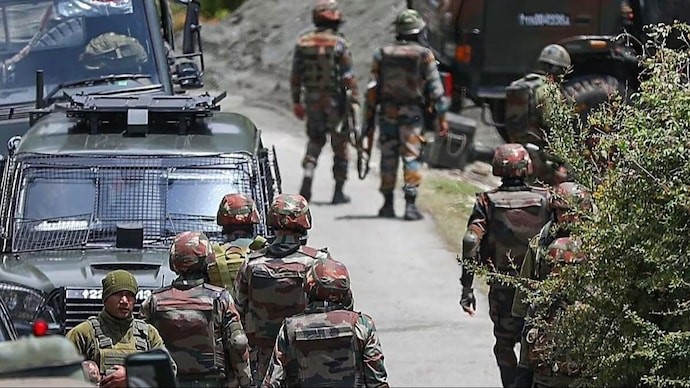Free Courses Sale ends Soon, Get It Now


Free Courses Sale ends Soon, Get It Now



Disclaimer: Copyright infringement not intended.
Context
The Army has launched Operation Sarvashakti in the Rajouri-Poonch sector of Jammu and Kashmir, deploying forces on both sides of the Pir Panjal range to target terrorists who have carried out a series of attacks on troops in the area.
Details
Operation Sarpvinash (2003) in Jammu and Kashmir
Strategic Significance of the Region
Operation Sarvashakti (2024)
Current Situation:
Strategic Importance:
Challenges:
Conclusion
In summary, Operation Sarpvinash in 2003 was a significant counter-insurgency operation that temporarily brought peace to the region. However, recent security challenges have prompted the launch of Operation Sarvashakti in 2024, reflecting the ongoing need for military interventions to address terrorist threats in the Rajouri-Poonch sector.
|
PRACTICE QUESTION Q. Examine the strategic importance of the areas south of the Pir Panjal range and the historical context that has shaped military interventions in this region. (250 Words) |
© 2024 iasgyan. All right reserved